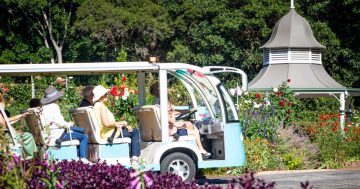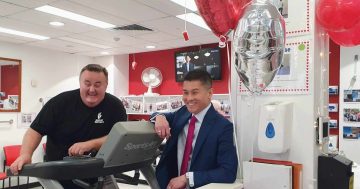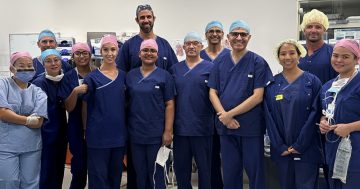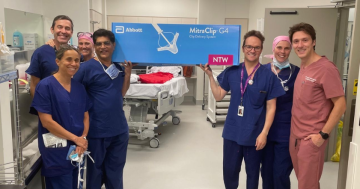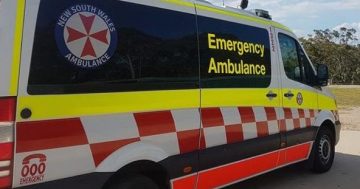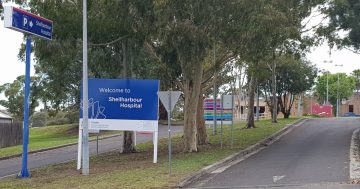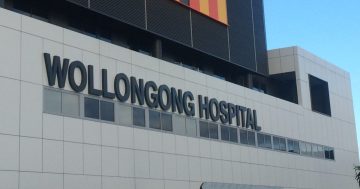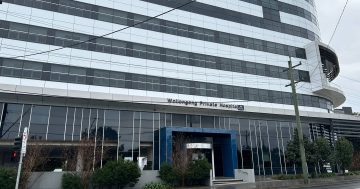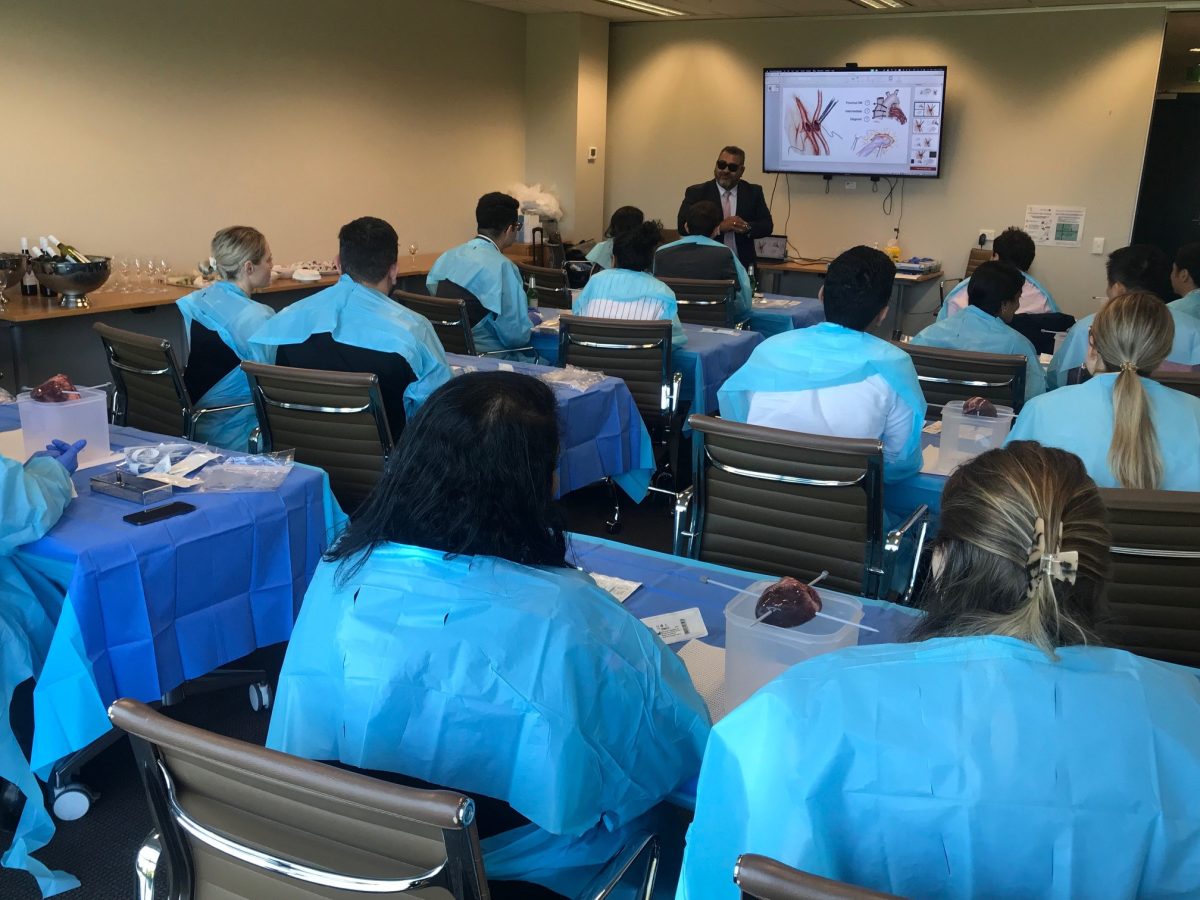
Illawarra cardiothoracic surgeons joined with international experts to lead workshops and discussions at the Wollongong Heart Symposium. Photos: Ramsay Health Care.
Cardiac experts from across the world have come to the Illawarra to share their knowledge of innovative practices and research in the field to help ensure locals have access to the best possible care and outcomes for generations to come.
The first Wollongong Heart Symposium created an open discussion between industry leaders on important issues that impact the health care provided across the region.
Illawarra Shoalhaven Local Health District’s (ISLHD) Head of Cardiac Services Associate Professor Astin Lee said it was important that any advancements and techniques available could be offered to local patients without the need to be transferred to Sydney.
“Because of our relative isolation, it’s important that we review what our practices are regularly just to know that we are at the cutting edge and we are doing what everybody else is doing internationally and our patients are getting the best cardiac services available to them,” Associate Professor Lee said.
Wollongong Private Hospital Cardiothoracic Surgeon Professor Adam El-Gamel said open conversations and conferences were the best way to stay informed and not just get stuck in routines.
“It’s absolutely mandatory to keep one’s mind open because if you just do what you do usually, you never really progress the service to your patients,” he said.
“And there are a lot of intelligent people around the world finding things all the time and we do need to be in the same line with them.”
Professor of Cardiovascular Surgery from the University of Oxford Professor David Taggart, who headlined the symposium, said while there was a range of interesting ideas, three main topics discussed were of particular relevance to patients, including when it may be more appropriate to perform a bypass rather than insert stents.

Experts held open discussions with case studies and new ideas.
“If a patient has an acute myocardial infarction, there is no question they should have a stent, but for many other forms of coronary artery disease, there’s very strong evidence that patients do much better with bypass operations over the longer term,” Professor Taggart said.
They also discussed more technical ways to perform procedures that ensure a better long-term outcome and even the possibility of looking at technologies that can ensure the result will be good before the patient even leaves the operating room.
Professor Taggart strongly backed a system used in the UK where expert cardiologists and surgeons meet whenever intervention is needed, so that all treatment options are weighed up.
“If you have a group of doctors meeting, you’re much more likely to get the right recommendation than if you don’t have that multidisciplinary team,” Professor Taggart said.
“In the UK, we have a far lower use of stents in relation to bypass than many other parts of the world where frankly patients are not even given the option of a bypass operation or a discussion of it.”
“I think having experts meet together significantly increases the chance that the patient is given the most appropriate information.”
Hundreds of patients have benefitted from the Illawarra’s cardiothoracic surgery service since it started in 2021 but providers are determined to constantly improve the range of the services available.
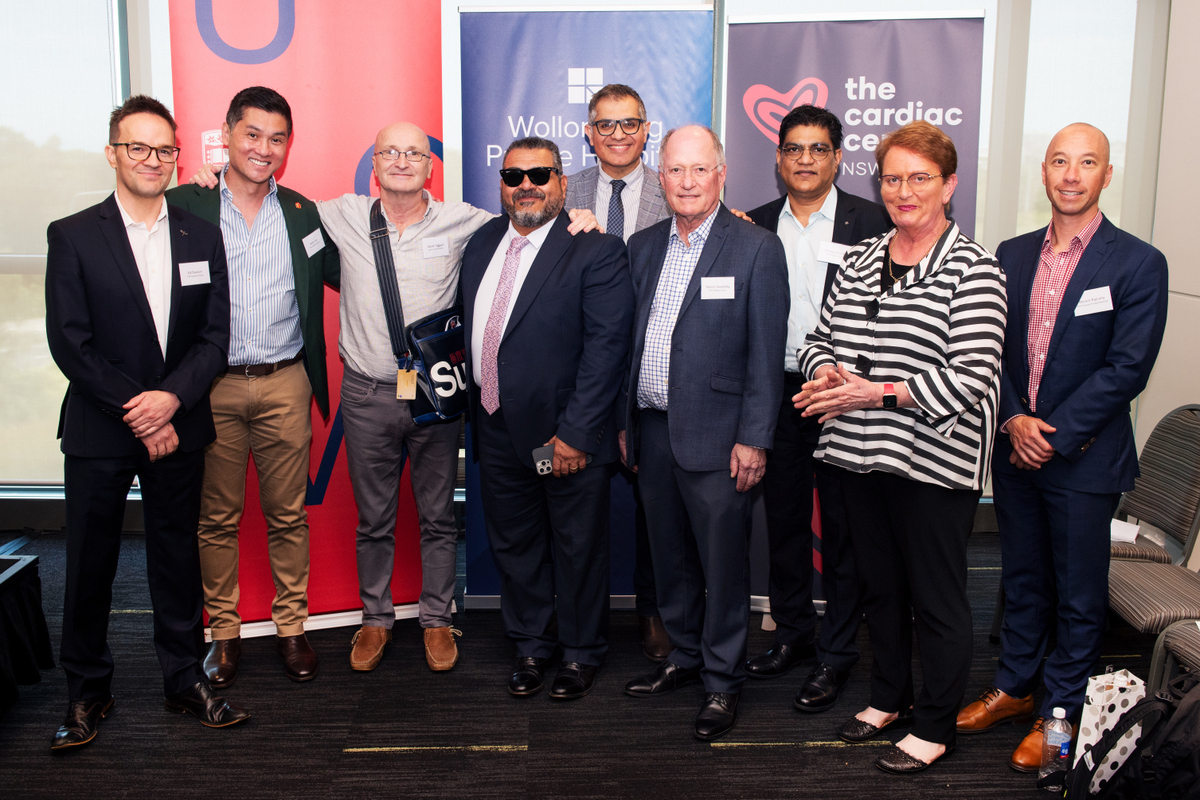
Public and private sectors came together to deliver a symposium on cardiac services.
“It’s nice to have a service where you’re supported by your family and also reducing the cost of care and that really is the aim of the future is to be able to provide all cardiac services locally,” Professor El-Gamel said.
“There will be a few specialised services like transplant that have to go to regional centres but the number of people needing these services is very small and that’s really why we would like the local service to develop and do everything.”
“The population in the Illawarra is increasing and a large proportion of them is above the age of 60, so they will need this service to be available to them.”
The conference, much like the service itself, was a collaboration between the public and private system, with Ramsay Health Care, ISLHD and the University of Wollongong all working together to better inform a vast range of professionals from the region.
“We had not just cardiologists and cardiac surgeons, we had anaesthetists, we had medical students, we had cardiology trainees, we had senior nursing staff, we had perfusionists, so it was a broad range of attendees, including university researchers.” Associate Professor Lee said.
“In a lot of places the public and the private system work in silos and they don’t enjoy the same collaboration that we have in our health district and I think it’s important that we work in concert rather than in parallel and work together to deliver the best possible cardiac services to our patients.”
Another program of events targeted to inform and improve local services is already being planned for July 2024.








